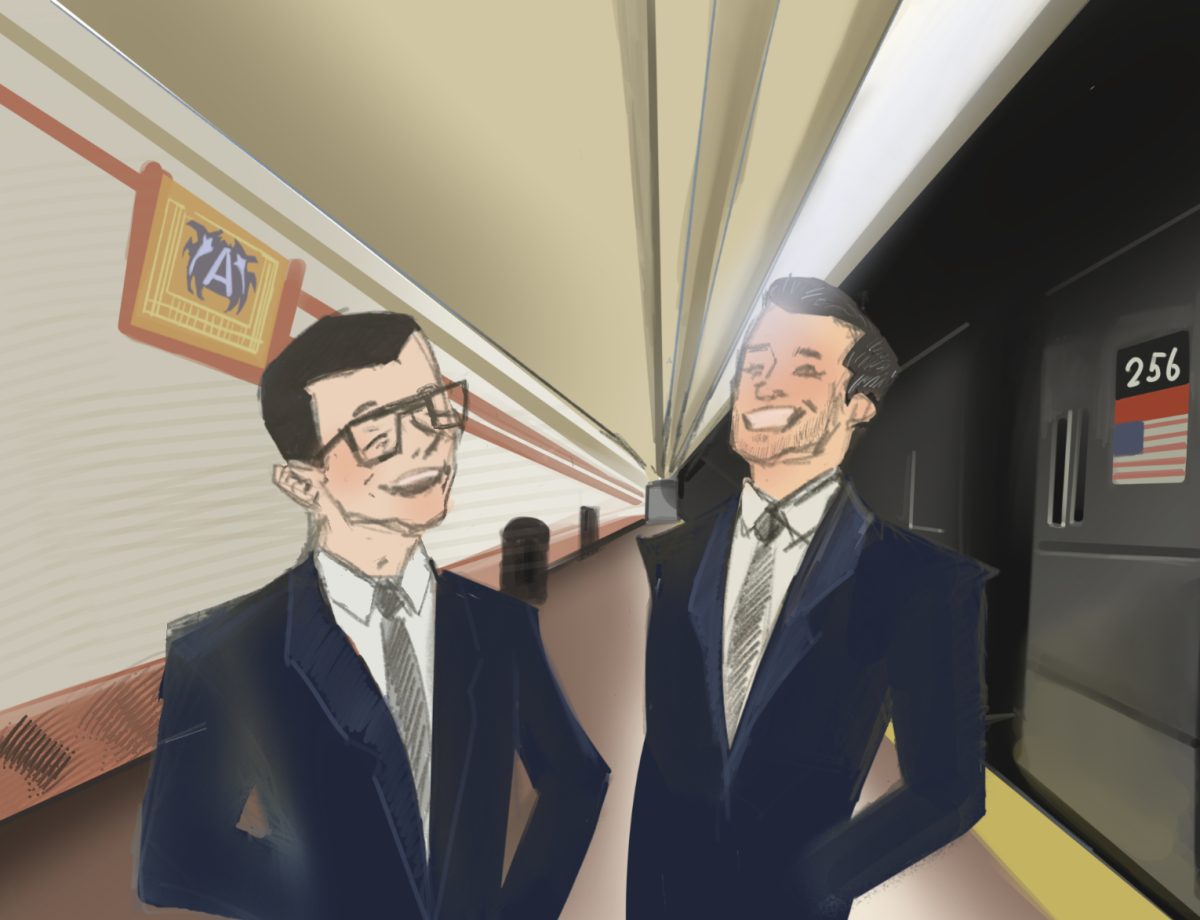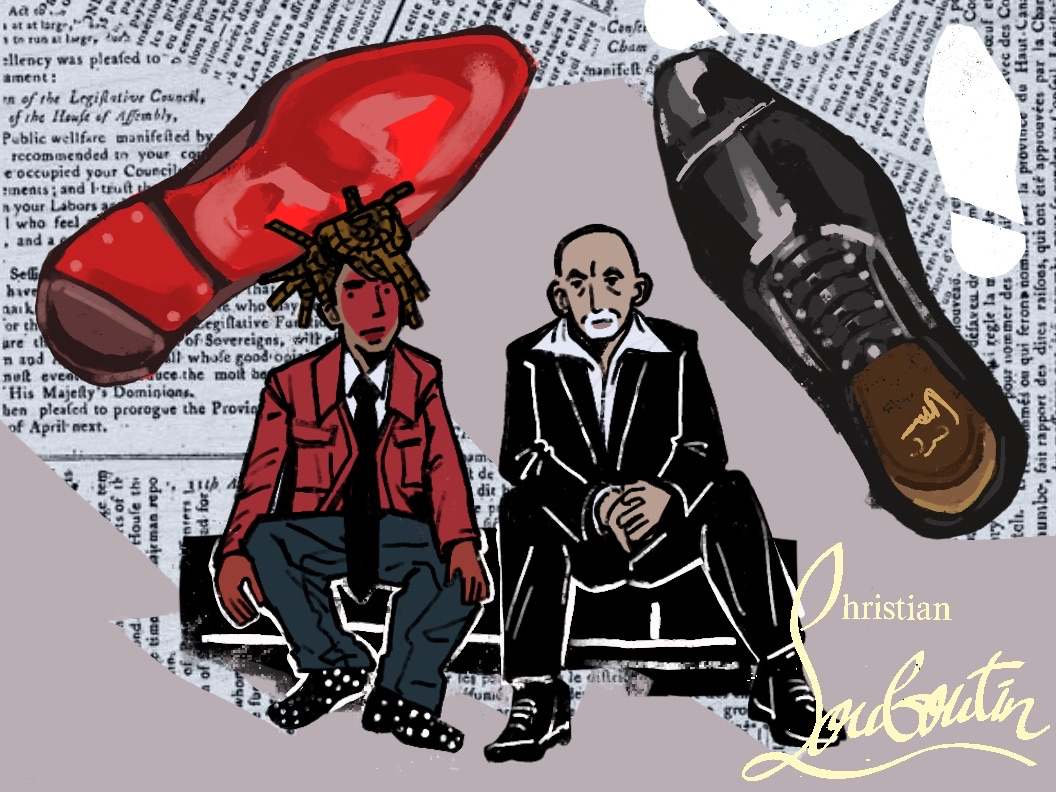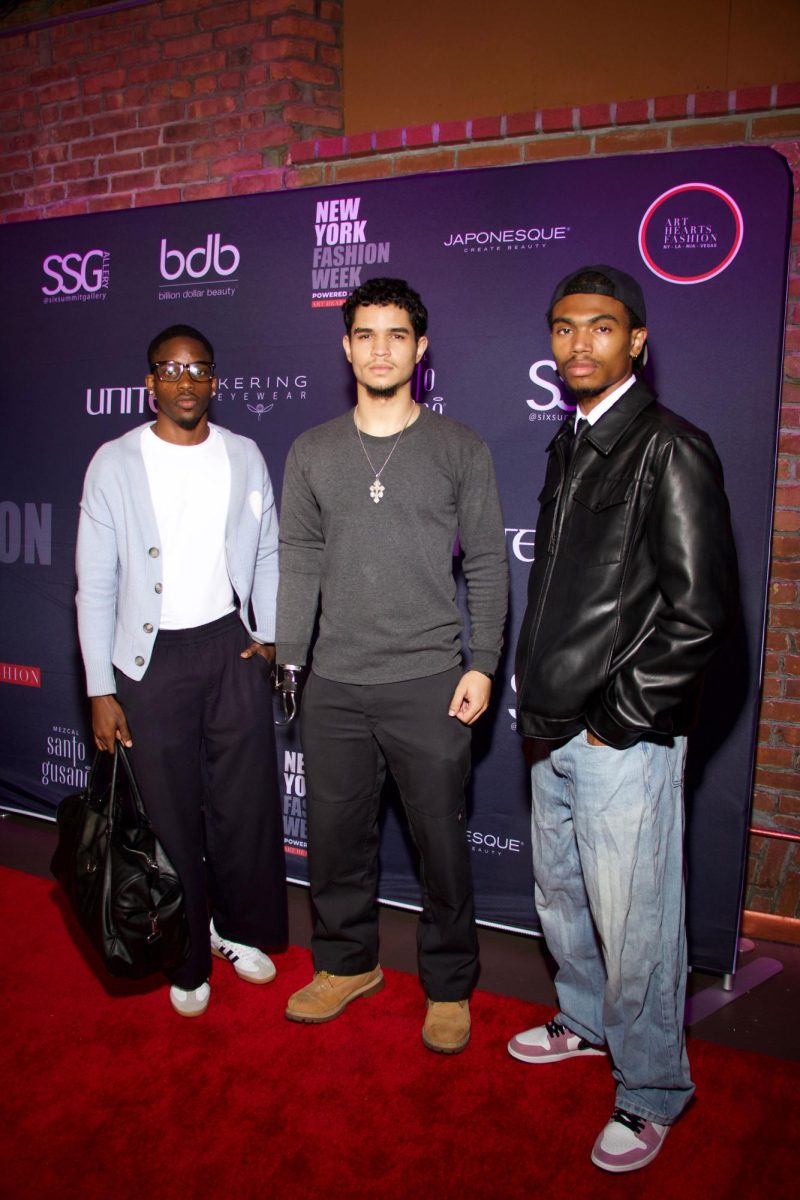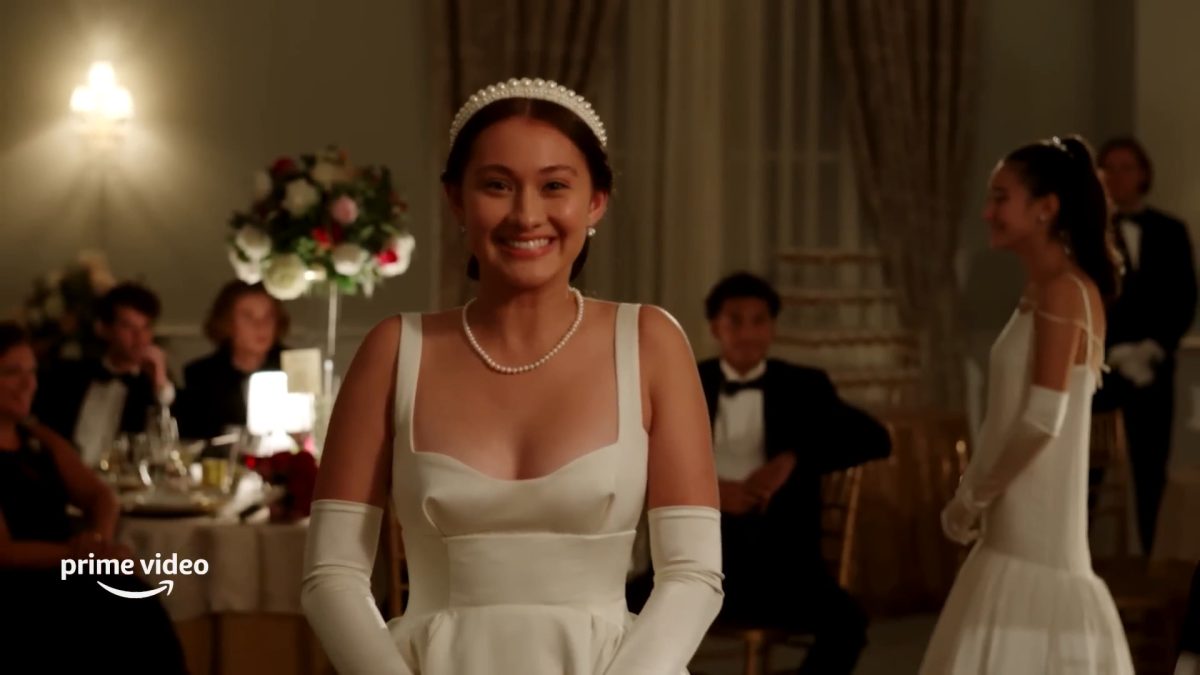Netflix is at it again with a film that has a promising premise but underwhelming execution.
“The Electric State,” directed by Russo Brothers, is based off a 2018 graphic novel of the same name. The story takes place in an alternate version of the 1990s after the conclusion of a robot vs. human war.
The film works on worldbuilding in the opening scenes. Disney World first introduced robots to society, and from there, robots were made to do all the work that humans no longer wanted to do.
Eventually, the robots no longer wanted to live in servitude to humans and revolted, which escalated into the war.
A few years later, humanity finds a way to “fight metal with metal” by developing headsets that allow humans to project themselves onto drone robot bodies. This helps humanity win the war, and the robots are forced to surrender and retreat to a far corner of the country.
Living in this post-apocalyptic world is Michelle Greene, played by Millie Bobby Brown, an orphaned teenager who must traverse the robot wastelands in hopes of finding her brother, whom she thought had died along with their parents in a car crash.
Her brother finds her in the form of a robot in the shape of Cosmo, a robot cartoon character they both loved. They embark on the journey to find his physical body together, and on the way meet John D. Keats, played by Chris Pratt, along with his own robotic companion Herman.
The film’s story had a lot of potential. The premise and its engaging setup at the beginning of the film could have given way to a groundbreaking tale, especially given its budget of over $300 million.
The movie is reportedly quite different from its source material, as it has a lighter and more comedic tone than the original, quite bleak, graphic novel.
Most of the comedic elements come from Keats and Herm, who frequently bounce witty comments and jokes between them.
The graphic novel is also known for its striking artistry, and despite the creative liberties the film took, the cinematography, character design, and set design weren’t bad at all.
The CGI used for the movie depicted the robots and their emotions very well, which allowed the actors to demonstrate the human and robot connection that was central to the story.
The film touches on a couple of serious topics. The robots spend the entirety of the film fighting for their voices to be heard in the face of oppression from humanity.
The search for Michelle’s brother reignites that fight for the downtrodden robots and parallels what people of marginalized groups feel in our own reality.
There are also themes of human connection, not just between humans and robots but interpersonal relationships between humans away from technology.
The film consistently shows humans plugged into their drone headsets, their bodies slumped in chairs as if asleep. The film served as a reminder to its viewers to unplug and connect with the people in their life.
Pratt’s character, though funny, came off as any other character Pratt has played. As a robot war veteran who found companionship in a robot he was tasked to fight, there could have been a lot more to his character than he portrayed.
This issue recurred in other characters as well, namely the main villain named Ethan Skate played by Stanley Tucci.
Viewers are given some insight into his backstory, but it’s an immensely short moment that could have been extended further to create a much more captivating villain.
The characters and plot could have benefitted from additional development. The arc between Michelle and her brother felt complete by the end of the film.
The fate of human connection after they have been forcefully unplugged remains appropriately open for viewers’ speculation, but the robots’ situation seems strangely fixed by the end.
A years-long struggle such as theirs cannot be remedied by an emotional speech and a corrupted power’s defeat; there is still the issue of how thousands of people have been taught to treat the robots as servants and second-class to humans that the film didn’t really address at its end.
The film is overall entertaining to watch. For its budget, it was not as enthralling as expected but it’s not a terrible movie either. It’s not recommended with too much enthusiasm, but the movie does have some merit.








